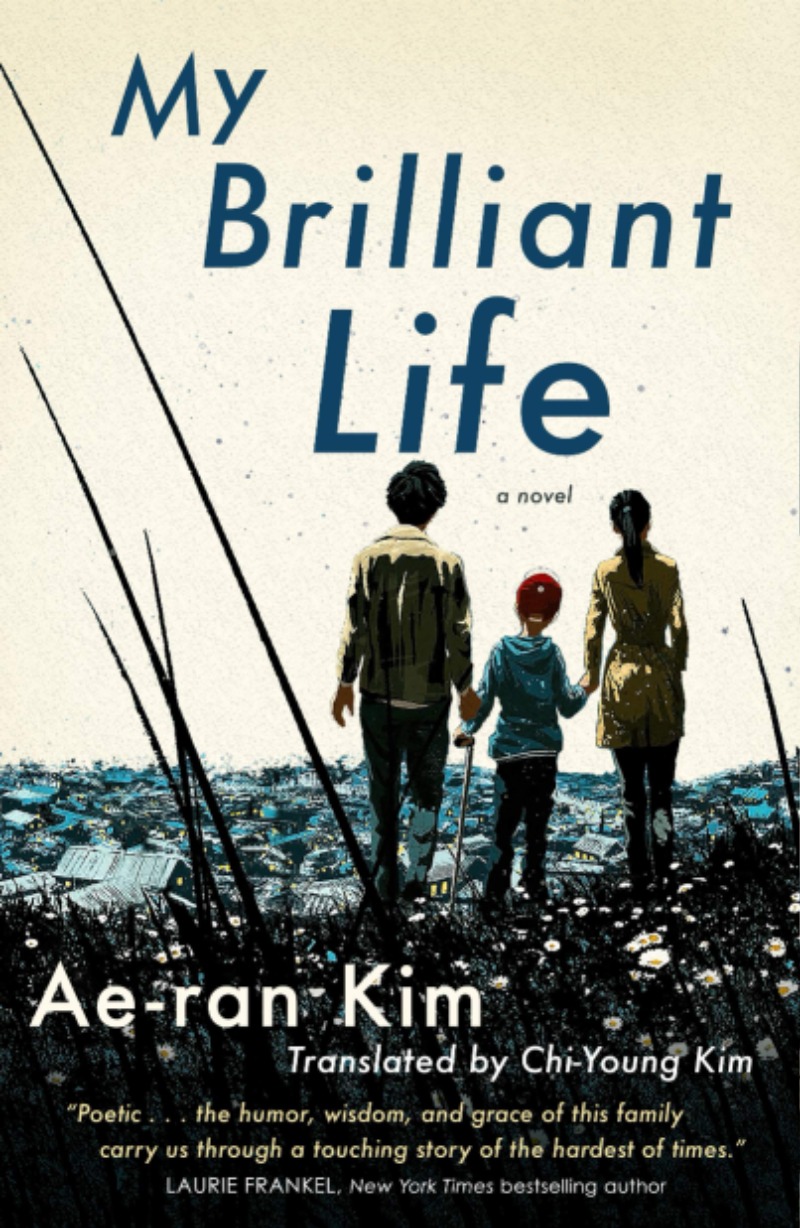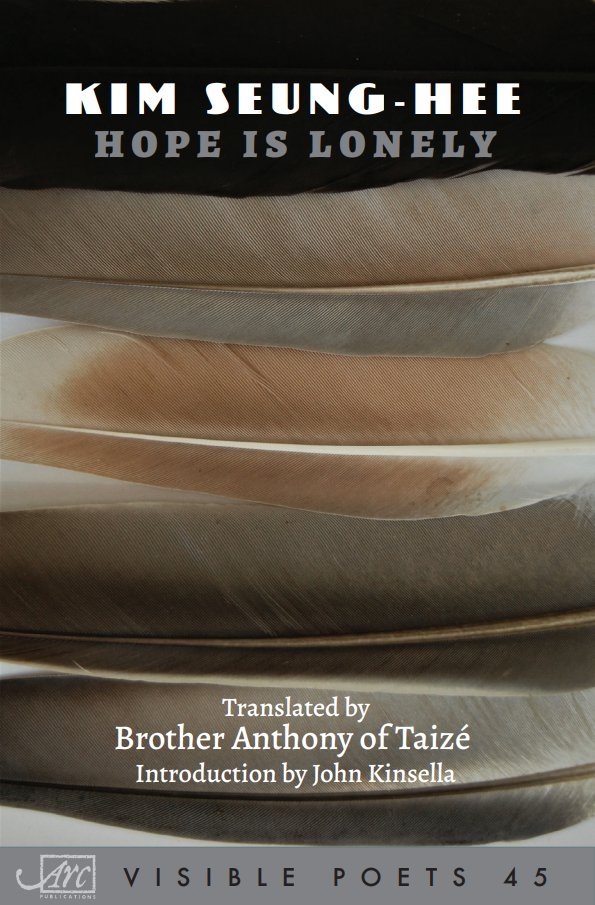An Armful of Understanding for Connections
“My Brilliant Life”
By Ae-ran Kim, Translated by Chi-Young Kim, 203 pages, $14.00, New York: Forge Books [2020]

This 2011 novel by Kim Ae-ran tells the story of a young man named Areum and his brief but brilliant life. He suffers from premature aging; at 16, he already has the body of an 80-year-old man. What this story is about, though, is much deeper.
Areum is obsessed with a task he hopes to complete before his 17th birthday: to write the story of his family. He begins with the story of how his parents met, gleaned from what they have told him. He is a keen enough observer to notice that their stories do not match up in all details, though, and mature enough not to be tempted to take one side or the other. He is, in fact, “on the side of the story,” as if the story were something that existed separate from the people who tell it.
No story is told without a motive, even if that motive is simply to entertain. For Areum, the story is a gift he intends to give to his parents, since he will not live long enough to win awards or earn a college diploma. Like any eager child, he wants to impress his parents, and he imagines that they will marvel at his rich vocabulary and elegant sentences. But this is only the surface layer of his motivation. When he appears on a television program featuring people in need, he ends up feeling wronged because he looks so much better on TV than what he feels inside. Thus he learns what it’s like when someone else tells your story.
As a result of the program, he receives an email from another critically ill teenager, a girl named Seoha. When she reveals in their email exchanges that her secret dream is to become a writer, Areum’s motivation to tell his family’s story is renewed. This is another level of his desire to write his story: the desire to form connections with others. We may try to impress others when we write, but what we really want is for them to understand us. Understanding is the connective tissue that draws the whole universe into a single living being. Without it, we are all discrete entities, islands adrift in a cold sea. Once we understand, though, we see that we are all connected in ways we might never before have imagined.
So while the story of Areum is necessarily a sad one, it isn’t tragic – or, at least, the connection we end up feeling with Areum and his family elevates it above tragedy. There are no easy answers to the questions that Areum faces, but embarking on the journey with him as he seeks them is rewarding. We feel the fullness of his brilliant life as he lives it to the best of his ability. In fact, his name in Korean means “an armful,” and this seems apt; to read this novel is to embrace Areum and his family, and our arms become so full that all we can do is hold on tighter.
A Bitter Love Song to Hope
“Hope is Lonely”
By Kim Seung-Hee, Translated by Brother Anthony of Taizé, 129 pages, £10.79, Lancashire: Arc Publications [2021]

The poetry of Kim Seung-hee, translated into English here by Brother Anthony, can be uncomfortable, even disconcerting to read, but like all good poetry it inspires a strong emotional response in the reader.
This collection, which brings together selected works from Kim’s last two collections in Korean, “Hope is Lonely” and “A Croaker on a Chopping Board,” takes a somewhat unique approach to poetry translation: it presents the Korean original and the English translation side by side. This is in recognition of the fact that, as the editor notes, translated poetry is neither English poetry nor foreign poetry, but something else entirely – something that does not replace the original but exists in an almost symbiotic relationship with it.
The collection has much to offer even to those who may not be able to read the original texts. While the poems might at first seem dark and sad, sometimes even chilling, there is hope and healing on the other side. The titular poem, “Hope is Lonely,” appears on its face to be a paean to despair, but a closer reading shows that it is a bitter love song to hope.
Despair is easy, but hope is hard, and yet the poet refuses to abandon it, calling it a “life sentence.” We may be reading Kim’s poems in translation, but her voice rings out, shaking us to our senses and pointing us toward the light.
DKDKTV got its start in 2016, when creators David Kim and Danny Kim decided to combine two popular trends: K-pop and reaction videos. Ironically enough, they weren’t originally fans of K-pop, but after developing an interest in groups like BTS, Big Bang and EXO, they began reacting to popular K-pop videos, offering their Korean perspective to an English-speaking audience. As these videos gained traction, the channel began to branch out into other video series. Today, DKDKTV has over 700,000 subscribers and a loyal fan base with its own moniker: the Ducks. Danny, David and other regular and guest hosts bring the Ducks the latest news and happenings in the K-pop world.
A good place to start is the weekly news program, “DK News.” For more in-depth discussion, there is KSTea, an hour-long livestream where the duo “spills the tea” on the K-pop world with co-host and former K-pop star Christine Park (aka Soobeanie). David and Danny also create explanatory videos for foreign fans, such as the two series, “KPOP Explained by a Korean” and “KPOP History Explained.”
Although the channel focuses primarily on K-pop, Danny and David have a wide variety of interests and often venture to try new video ideas. One particularly interesting series is “DK Asks,” where a reporter conducts “man (or woman) on the street” interviews to get an idea of what younger Koreans think about outstanding issues.
Charles La Shure Professor, Department of Korean Language and Literature, Seoul National University